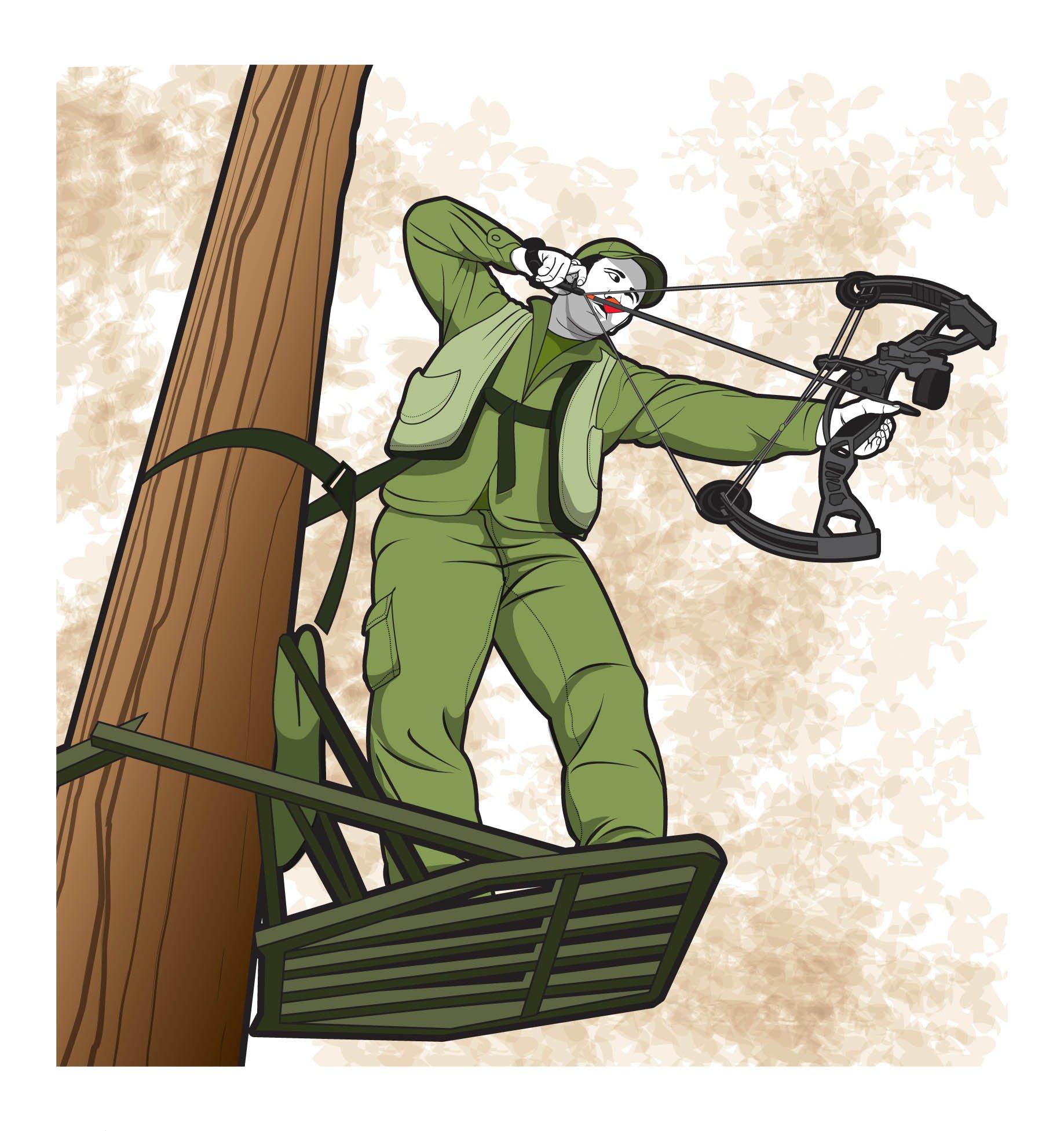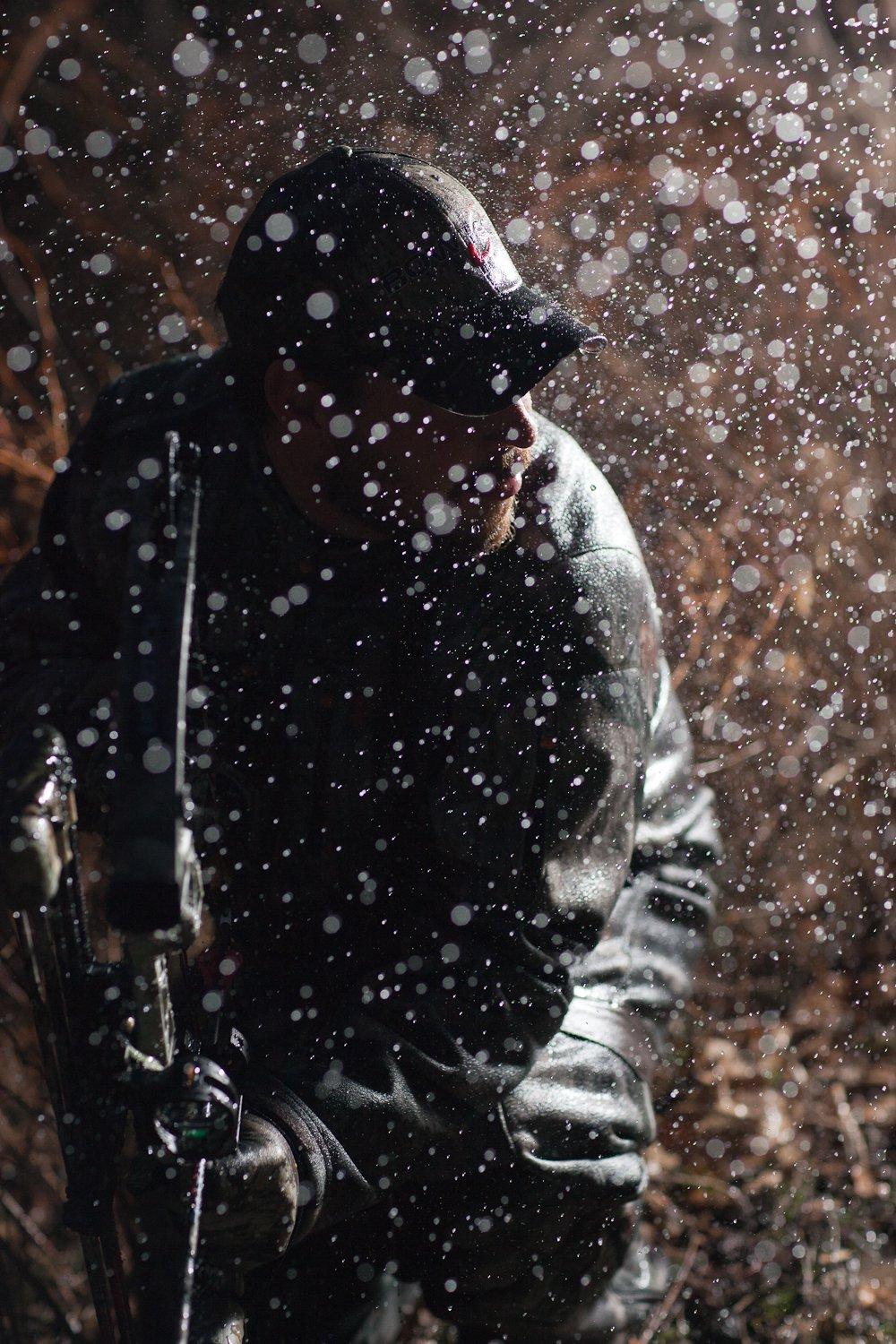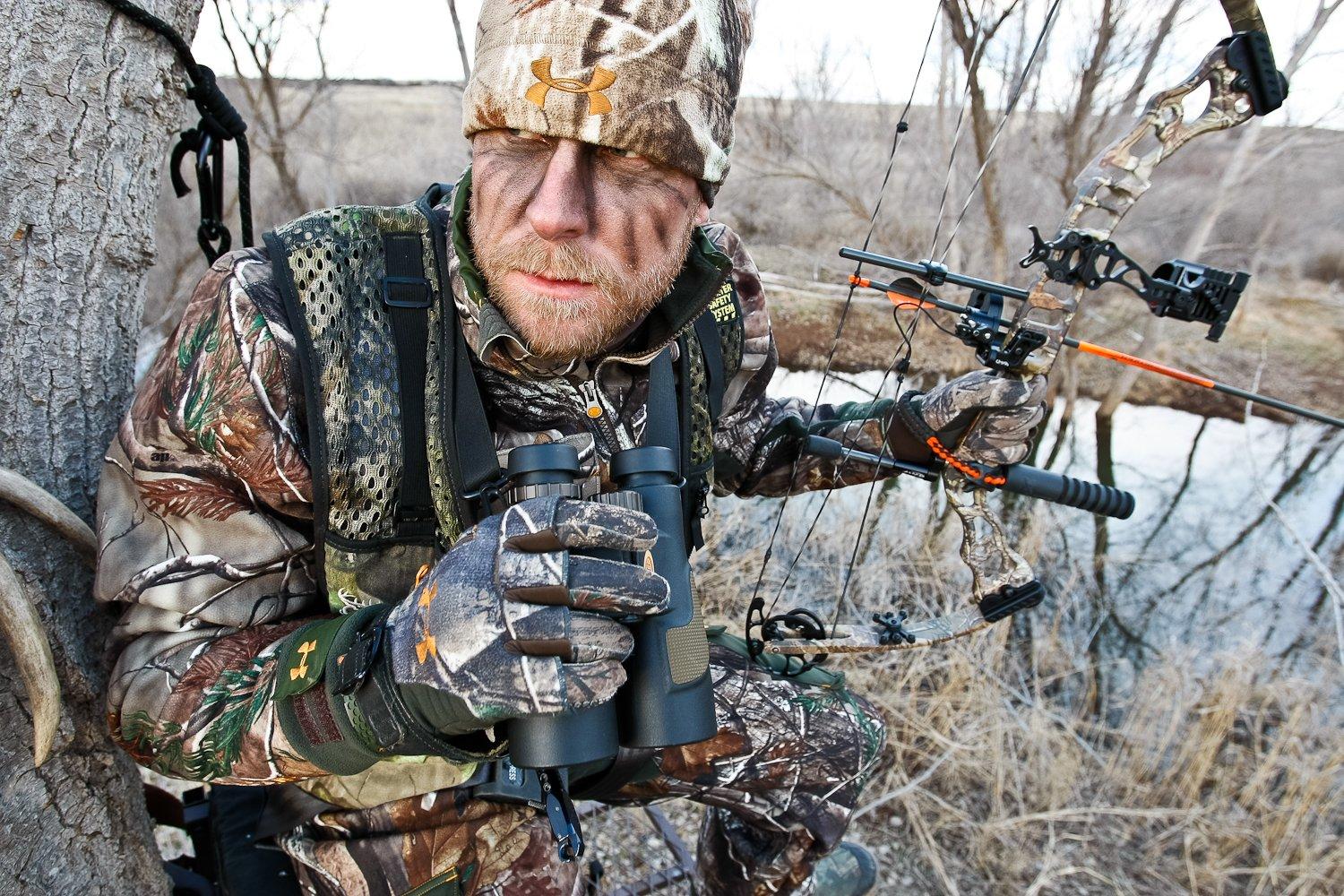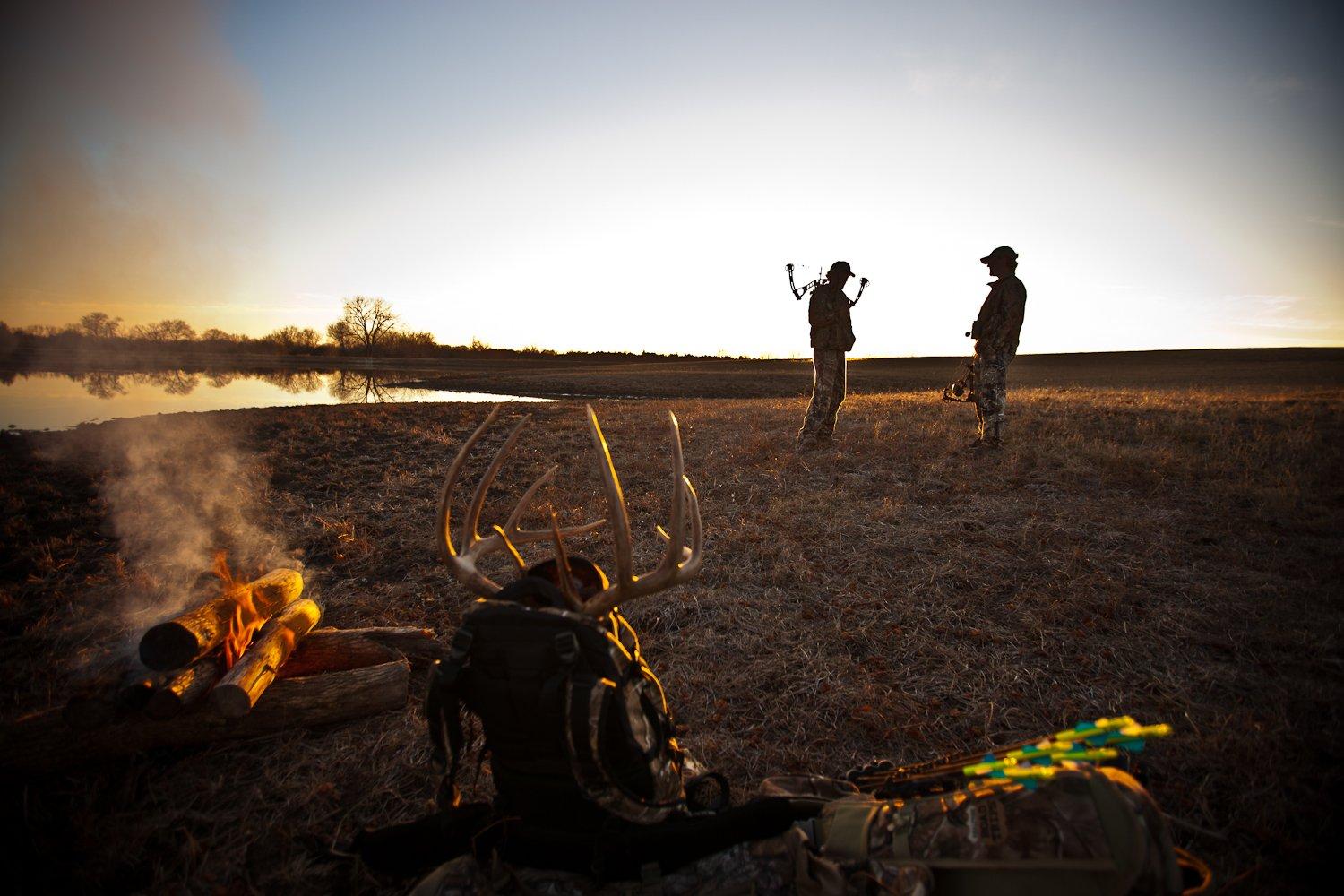Are You Making These Mistakes?
Big buck. 20 yards. Broadside. You have all the time in the world … and yet your arrow sails over his back. Here's a look at common reasons why you miss whitetails.
There are all kinds of ways to miss a big-game animal with a bow. But when it comes to hunting whitetails, several unique aspects conspire to trip up even the well-versed archer. It's due almost entirely to the way North America's most popular big-game animal is most often bowhunted: from a treestand. Whitetails aren't hard to hit — but consistently bringing home the venison requires mastering five stumbling blocks.
Pythagorean What?

One trick is instead of range-finding earmarks situated on the ground (while sitting in your stand), aim your rangefinder into treetops level with your position, gaining an accurate insight into targets situated at the base of that tree. The other, easier option is to choose one of many modern angle-compensation rangefinders. These units are equipped with inclinometers wired to onboard computers that automatically compensate for downward angles, providing actual range for targets standing well below your position.
The final option is installing a pendulum bow sight, a single pin resting in a swinging head that allows point-on aiming from the base of the tree out to 30 to 35 yards without compensation. The pivoting sight does that for you, automatically.
Shooting On High

Gear Review: Vanguard Pioneer 2100RT in Realtree
Proper shooting form means maintaining perfect T-form between the arms supporting and drawing and the bow and torso. While standing erect, shooting on level ground, this is easy. While shooting steeply downward, it's more problematic. The trick is to learn to bend at the hips to ensure the T-form remains intact. At first this is anything but second nature.
Try this in the beginning: Draw your bow and aim on the level, sighting into the treetops. After you've locked into perfect shooting form and solid anchor, bend at the waist to address the target. With practice it becomes second nature.
Treestand hunting can also involve awkward or twisted shooting positions resulting in less-than-perfect shooting. The problem is, again, the way you practice during the off-season, shooting in your backyard on flat ground, with plenty of freedom to position your shooting stance.
To assure fewer misses on whitetails this season, seek out shooting scenarios with the potential to trip you up, and practice them religiously. Shoot while standing on a stump or sturdy chair. Better yet, set up a stand low on a backyard telephone pole or stand on the roof of your house to familiarize yourself with awkward shooting positions.
Deep Freeze

Prevention is the best medicine, as the saying goes. Staying warm on stand isn't as difficult as it once was, considering the technological advances in insulations and fabrics in use today. Toasty base layers, lofty midlayers and wind and waterproof outer layers all make comfort easier. One of my favorite developments is battery-operated heated garments, long underwear (WarmX USA) or vests (Gerbing or Browning), that create warming heat for several hours via rechargeable power.
An insulated hat is part of remaining warm in cold weather, as a large amount of heat loss can occur through the head and neck. Another challenge is keeping hands functioning properly. I've tried everything imaginable in the way of gloves and glove-mitts, and have ultimately settled on a waist-mounted hand muffler combined with thin shooting gloves. Diet also plays a part; preparing for cold sits means consuming fats and carbs in quantity. Avoid caffeine (coffee in particular), which minimizes capillary circulation to the extremities. Choose electrolyte-laden drinks instead, which keep you warm in cold weather as well as cool in hot.
Meltdown

Experience is the best teacher, but in the beginning simple mind games can help make shots come off more smoothly. Breathing exercises are a good start; learn to sooth unraveling nerves through calming breathing regimes. Take in a deep, slow breath, through the nose only, and hold that breath briefly before slowly releasing it through your mouth only, thinking the word relax during each controlled exhaling. This alone often slows the heart rate and brings nerves out of redline.
On a more advanced level, mental visualization is a strong tool for performing under pressure. Envisioning yourself performing confidently and successfully can trick your mind into believing that event has already taken place, boosting confidence at the moment of truth. Strive for realism and actual emotions while envisioning likely scenarios around your stand during waits or after seeing a deer approaching but temporarily out of range. Negative thoughts are quickly redirected by replaying a past success. Sounds silly, I know, but this is exactly what some professional athletes do before and during every game.

Too Much of a Good Thing
You've practiced nearly daily during the weeks immediately preceding hunting season. Then hunting season arrives and you spend every spare moment in the field or on stand, seeking your prize. Problem is, you become so focused on the hunt itself that you entirely cease shooting your bow. Shooting mechanics slip into disrepair and accuracy suffers. Don't fall into this obvious trap. Use midday downtime to keep your shooting sharp instead of watching football or puttering around the house. Keep a block target handy in your vehicle and shoot a handful of arrows immediately after exiting a stand or before climbing aboard during evening hunts.
Shooting whitetails should be easy. Ranges are normally short and the targets are typically unaware of your presence. The devil is in the details, maintaining your edge whether on stand or during a long season. This requires only minimal effort on your part, but assures that you're ready for the challenge when that big buck appears beneath your stand.
Don't Miss: 5 Reasons Why Bowhunters Miss | 5 Steps for Curing Buck Fever
Editor's Note: This was originally published on September 21, 2011.
Are you a deer hunter wanting to learn how to accomplish your goals? Check out our stories, videos and hard-hitting how-to's on deer hunting.







